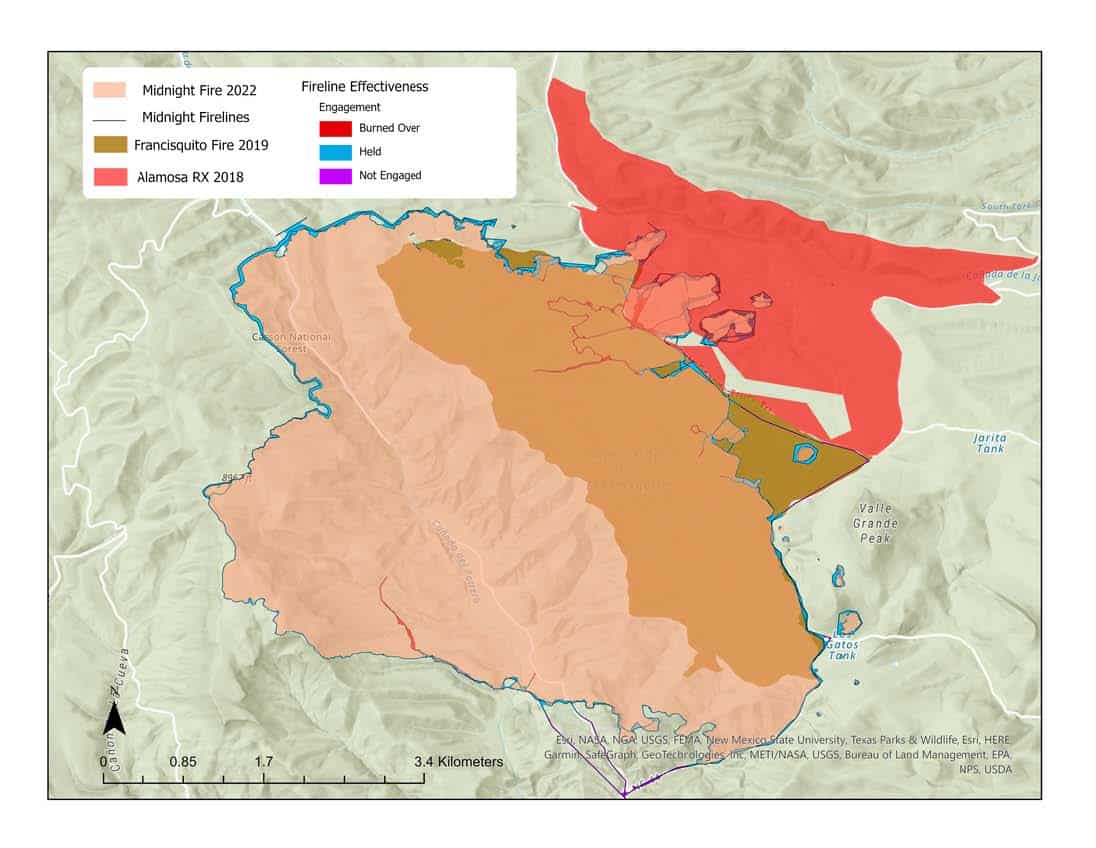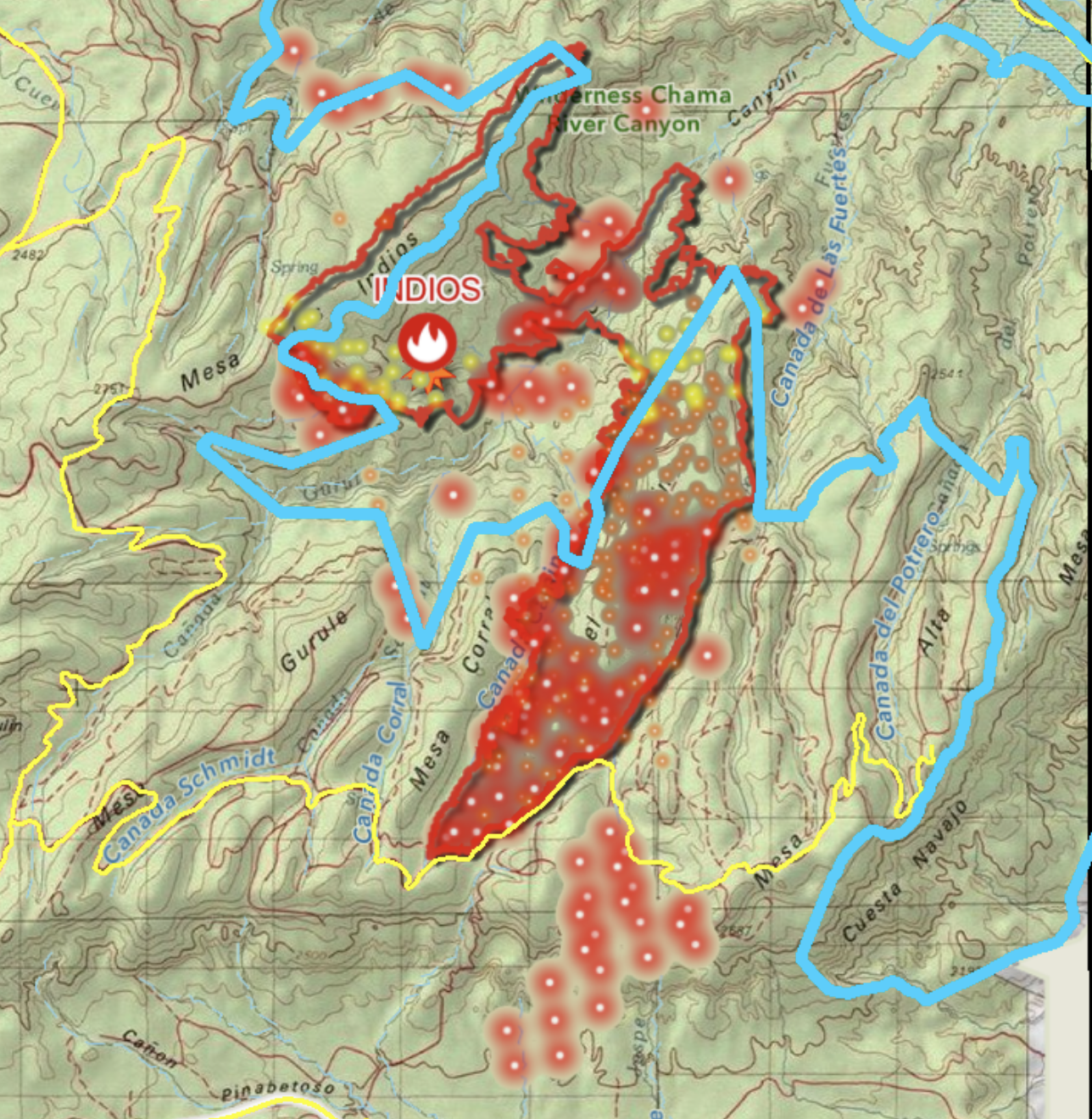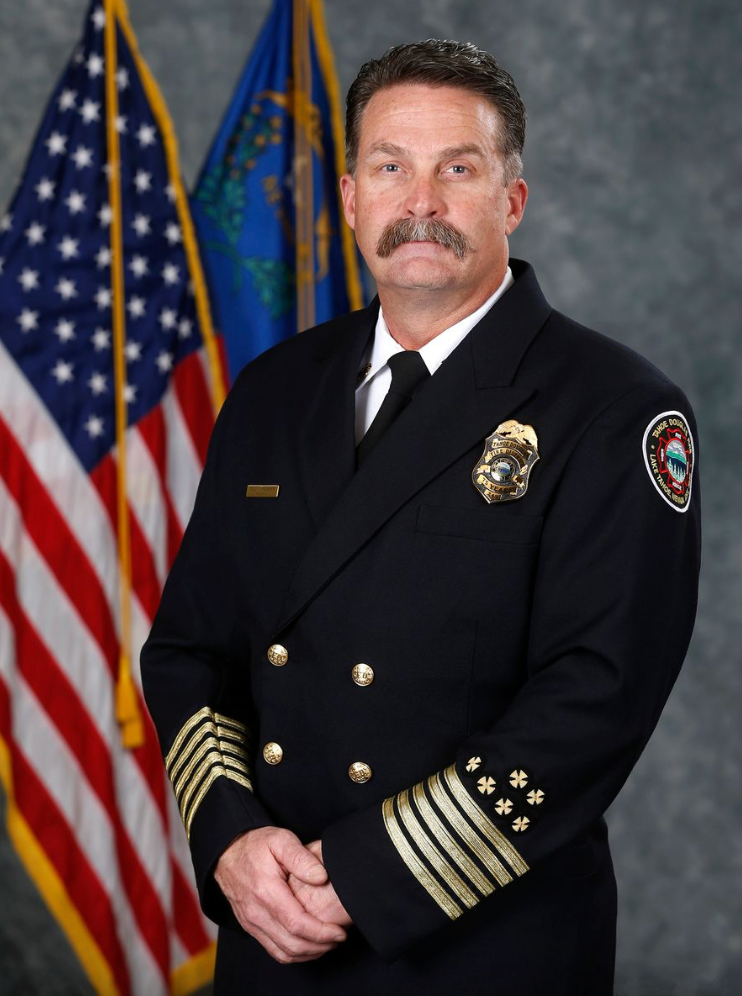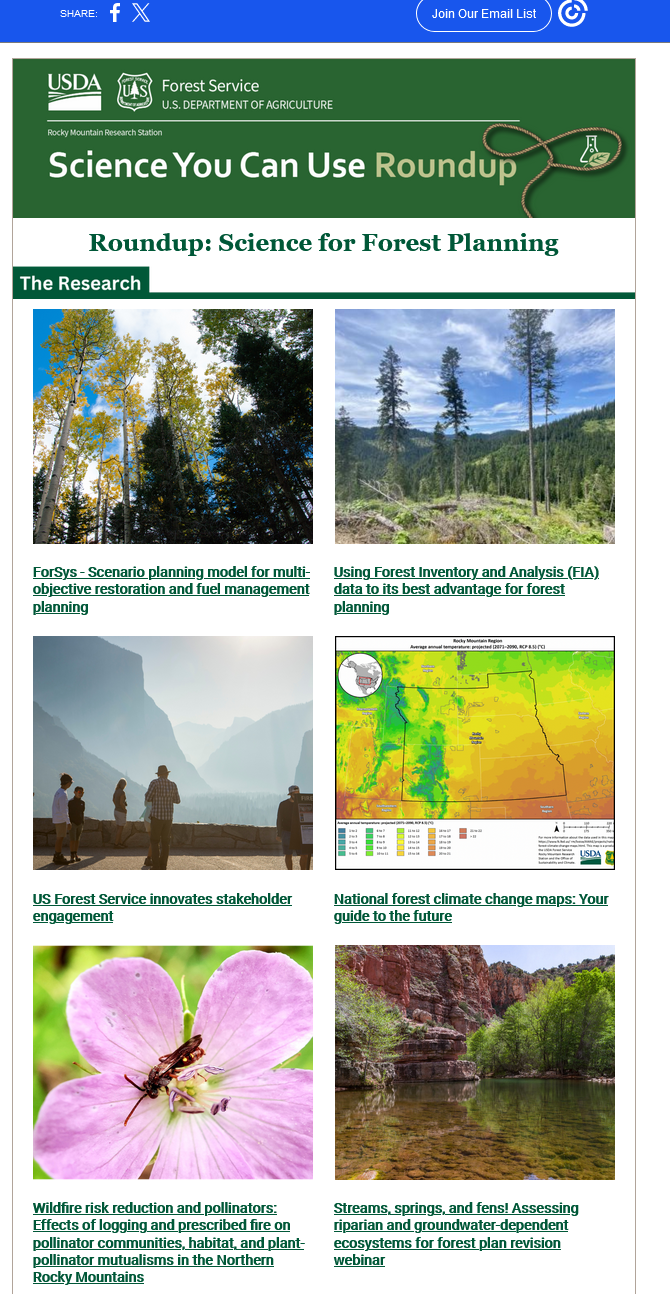To start your week (and month) off right …
FOREST SERVICE
Court decision in Murray v. United States (Court of Claims)
On June 5, 2023, the Court of Federal Claims dismissed this breach of contract claim involving an authorization by the Umatilla National Forest for snowmobile use in the parking lot of the Spout Springs ski area (the plaintiffs). The record indicated that “material interference” by snowmobiling with the contract began at least by 2013, so the lawsuit was not filed within the statute of limitations, and the case was dismissed. (This case was introduced here, and someone inquired about the results, so I included it in this update.)
New lawsuit
On May 14, the Alliance for the Wild Rockies filed a lawsuit in U.S. District Court for the Eastern District of Washington seeking to stop the Sxwutn-Kaniksu Connections Trail Project, which calls for logging and burning on more than 36,000 acres over 20 years on the Colville National Forest. The Forest partnered with the Kalispel Tribe of Indians, whose reservation adjoins the Forest. The Forest Service has offered three timber sales that are part of the project, according to the complaint. The plaintiff’s problems with the Project are described here. We discussed this here.
Court decision in Patagonia Area Resource Alliance v. U. S. Forest Service (9th Cir.)
On May 15, the appeals court affirmed the district court’s denial of a preliminary injunction regarding two mines on the Coronado National Forest. The court found that plaintiffs were unlikely to succeed on the merits of claims related to the cumulative effects of the Sunnyside and Flux Canyon projects on the Mexican spotted owl and groundwater.
New lawsuit: Standing Trees v. U. S. Forest Service (D. New Hampshire)
On May 16, Standing Trees filed a lawsuit asking the court to halt the Tarleton and Peabody West integrated resource projects on the White Mountain National Forest. The plaintiff alleges that the Forest Service failed to take the hard look at alternatives and effects as required by NEPA before approving nearly 3,000 acres of commercial logging based on an EA, and that the projects violated the forest plan. Plaintiffs are concerned about water quality, carbon storage, biodiversity, endangered species, mature and old growth forests, and flood resiliency. (Here is additional background.)
- Sawtooth NF ditch diversion ownership
Court decision in Hansen v. U.S.A. (D. Idaho)
Court decision in Mizer v. U.S.A (D. Idaho)
On May 20, the district court dismissed two cases with claims of ditch easement ownership by private parties who sought to prevent the Forest Service from subjecting the ditches on national forest lands to Endangered Species Act requirements.
Court decision in Friends of the Inyo v. U. S. Forest Service (9th Cir.)
On May 21, the circuit court reversed a district court holding and enjoined exploratory drilling on the Inyo National Forest. The court found, based on Forest Service mineral regulations, that associated monitoring and restoration was part of the project. Since that would continue for more than one year, a categorical exclusion for drilling projects was not available. Neither was a CE that would have covered the restoration component, but not the drilling. The court ultimately found that the Forest Service regulation establishing categorical exclusions “unambiguously prohibits combining CEs to approve a proposed action where no single CE could cover the proposed action alone.” Plaintiffs were concerned about the bi-state sage-grouse and water for the endangered Owens tui chub. (The article includes a link to the opinion, which we also discussed here.)
Court transfer in Center for Biological Diversity v. U. S. Forest Service (now S.D. West Virginia)
On May 21, the federal district court for the District of Columbia granted the government’s request to transfer this case (introduced here) to the Southern District of West Virginia, holding that, “The final factor—the local interest in deciding local controversies at home—is ‘perhaps [the] most important factor’ (citing another case). Moreover, “Just because a case “involves federal laws and could result in a decision with ‘national implications,’ these implications do not outweigh the significant interest of [local] residents” (citing another case). (This is why we don’t see many national forest decisions litigated in the D. C. court.)
New lawsuit
The Center for Biological Diversity has filed a second lawsuit against the Tonto National Forest’s management of the Salt River herd of wild horses. The first (discussed here) was dismissed with the expectation that it would be refiled after an intergovernmental agreement was renewed.
Notice of Intent to Sue under ESA
The Center for Biological Diversity has notified the Forest Service and Fish and Wildlife Service of its intent to sue them regarding (1) U.S. Fish and Wildlife Service’s December 29, 2023, Biological Opinion for the Reinitiation for Ongoing Livestock Management on the Sacramento and Dry Canyon Allotments, and (2) U.S. Forest Service’s reliance on this Biological Opinion on the Lincoln National Forest. Riparian areas in the Sacramento Mountains are critical habitat for the endangered New Mexico meadow jumping mouse and Mexican spotted owl. This is the third such notice involving these areas.
BLM
New lawsuit: Western Energy Alliance v. Haaland (D. Wyoming)
On May 15, six oil and gas associations sued to overturn the BLM’s regulation that would raise royalty rates and toughen protection and cleanup requirements on public land. They claim procedural violations in adopting the regulation and substantive violation of the Federal Land Management and Policy Act’s “obligations” to promote oil and gas development. Additional background is here.
Post-litigation agency decision (and lawsuit promised)
On May 16, the BLM issued its final supplemental environmental impact statement and proposed amendment to its Buffalo Field Office land use plan, selecting a “no future coal leasing alternative” for the Powder River Basin in Wyoming and Montana. The BLM was required by a 2022 court order to reevaluate its land use plan after local conservation groups successfully argued it had not fully considered environmental, climate and human health impacts. The area is the largest coal producer in the U. S., and existing leases would continue for decades.
Magistrate’s recommendation in Klamath-Siskiyou Wildlands Center v. U. S. Bureau of Land Management (D. Oregon)
On May 24, the magistrate judge found that the BLM should have prepared an EIS for the “Integrated Vegetation Management for Resilient Land Program” (875,290 acres in southwestern Oregon). This was in part the result of the uncertainty about effects associated with the flexibility incorporated into the decision.
The judge also found that the “commercial logging portions” of the IVM Program violated FLPMA because they are inconsistent with the governing resource management plan. The plan includes a standard that directs the BLM to apply logging treatments within late-successional reserves only if they do not preclude or delay the development of northern spotted owl nesting or roosting habitat by 20 years or more. The BLM had tried to claim that the standard didn’t apply because this project promoted forest health. The magistrate found that it “clearly applies to any proposed actions in the LSRs, irrespective of BLM’s stated purpose.”
The immediate effect is on the 830-acre Late Mungers commercial thinning project. The scope of relief is to be determined later. (The article includes a link to the magistrate’s findings and recommendations, which we also discussed here.)
ENDANGERED SPECIES
On May 29, the U. S. Fish and Wildlife Service designated critical habitat for the coastal distinct population segment of Pacific marten. It includes federal lands in southwestern Oregon and northwestern California, but land owned by timber company Green Diamond Resources was ultimately excluded from the designation in exchange for the company’s agreement to perform monitoring and create a reserve. Yurok and Karuk tribal land was also excluded. This follows a lawsuit from the Center for Biological Diversity over delaying the decision. The article includes a link to the Federal Register notice.
OTHER
Court decision by the Oregon Court of Appeals
The state appeals court overturned a decision by the Oregon Land Use Board of Appeals that had approved a destination resort (on private land). The court found that Deschutes County officials did not properly take into account the effects of water use on off-reservation treaty fishing rights of several Native American tribes.
New lawsuit
On May 14, WildEarth Guardians and Western Watersheds Project filed a complaint in the Montana federal district court focusing on livestock grazing permitted by the U. S. Fish and Wildlife Service in Red Rock Lakes National Wildlife Refuge in Montana. The complaint alleges that the FWS “continues to renew commercial grazing permits that rely on a nearly three-decade-old environmental analysis.” Concerns include effects on grizzly bears and Arctic grayling. (A lawsuit against the FWS decision to not list the grayling as threatened or endangered is pending – described here.)
New lawsuit: Defenders of Wildlife v. U. S. Fish and Wildlife Service (E.D. North Carolina)
On May 20, Defenders of Wildlife and the Sierra Club challenged a decision by the U. S. Fish and Wildlife Service to allow an experimental algaecide treatment using a toxic-to-birds product at Mattamuskeet National Wildlife Refuge in North Carolina. The complaint alleges a violation of the National Wildlife Refuge System Improvement Act and several violations of NEPA. It also included several claims that the promulgation of the 2020 (Trump Administration) changes to the CEQ NEPA regulations (which were in effect when this decision was made, but have since been replaced) violated the APA.







